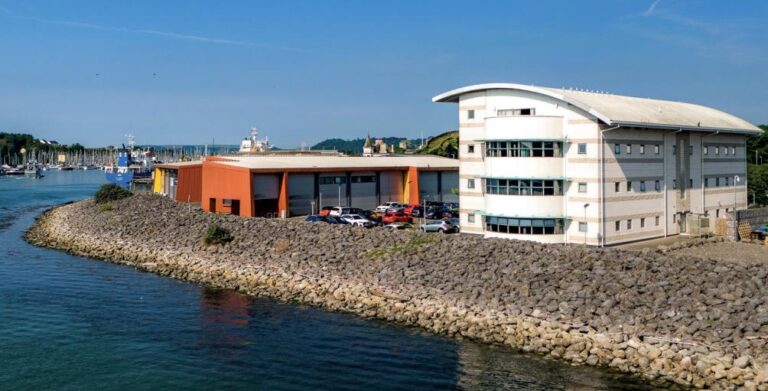Despite a shifting policy landscape and lingering cost pressures, residential development in Devon continues to evolve at pace. From Exeter’s expanding urban edge to smaller rural allocations in Mid Devon and Teignbridge, the region is seeing renewed momentum, but with it comes one of the most important and challenging questions facing the industry: does it all still stack up?
The Changing Face of Development Viability
For many developers, the past few years have required a complete rethink of what “viable” looks like. Build costs remain elevated following inflationary spikes in materials and labour, while borrowing costs, resulting from slower finished units sales rates, have increased project finance hurdles. At the same time, local planning authorities are under growing pressure to meet affordable housing targets and environmental obligations such as biodiversity net gain and nutrient neutrality increasing the level of community (s106) obligations. As a result, margins that were once comfortable have become tight, and the need for robust, transparent viability evidence has never been greater.
The Role of the Development Surveyor
Acting as both analyst and advisor, the surveyor’s role sits at the intersection of economics and planning, turning assumptions, data, and risk into a defensible position.
In Devon, this might mean:
- Assessing residual land value for a proposed scheme in Teignbridge or North Devon;
- Providing viability evidence to support a planning application in Exeter;
- Negotiating revised Section 106 obligations, including affordable provision, where market shifts undermine delivery; or
- Advising landowners on achievable value, in light of development cost inflation, before entering an option or promotion agreement.
Each task relies on the same core principle, understanding what drives value and how policy and cost interplay with that value over time.
The Policy Pressures Behind the Numbers
Across Devon’s districts, planning policy has become increasingly sophisticated and sometimes, demanding. Affordable housing expectations typically range between 25% and 30%, but often vary depending on site size, location, and tenure mix. Layer in requirements for sustainability, energy efficiency, and infrastructure contributions, and the cumulative impact on land value can be substantial.
Many authorities are now far more engaged with viability testing at plan-making stage, meaning the “call for sites” process is no longer just about promoting land, it’s about demonstrating deliverability from day one.
For developers, early engagement with viability assessment is therefore key. Demonstrating that a scheme can withstand reasonable changes in costs or policy helps prevent delays later in the process and builds trust with planning officers and local communities.
As Devon continues to grow, the conversation around viability will evolve too. We expect to see greater emphasis on carbon cost accounting, off-site biodiversity solutions, and long-term stewardship models for open space and community assets. These will all need to be understood within the appraisal framework.
In an uncertain market, one thing remains constant: sound viability work sits at the heart of every successful development. For those shaping Devon’s built environment, getting the numbers right is not simply an exercise in compliance, it’s the foundation of progress.
Contact our Development Consultancy team for expert guidance and help.




